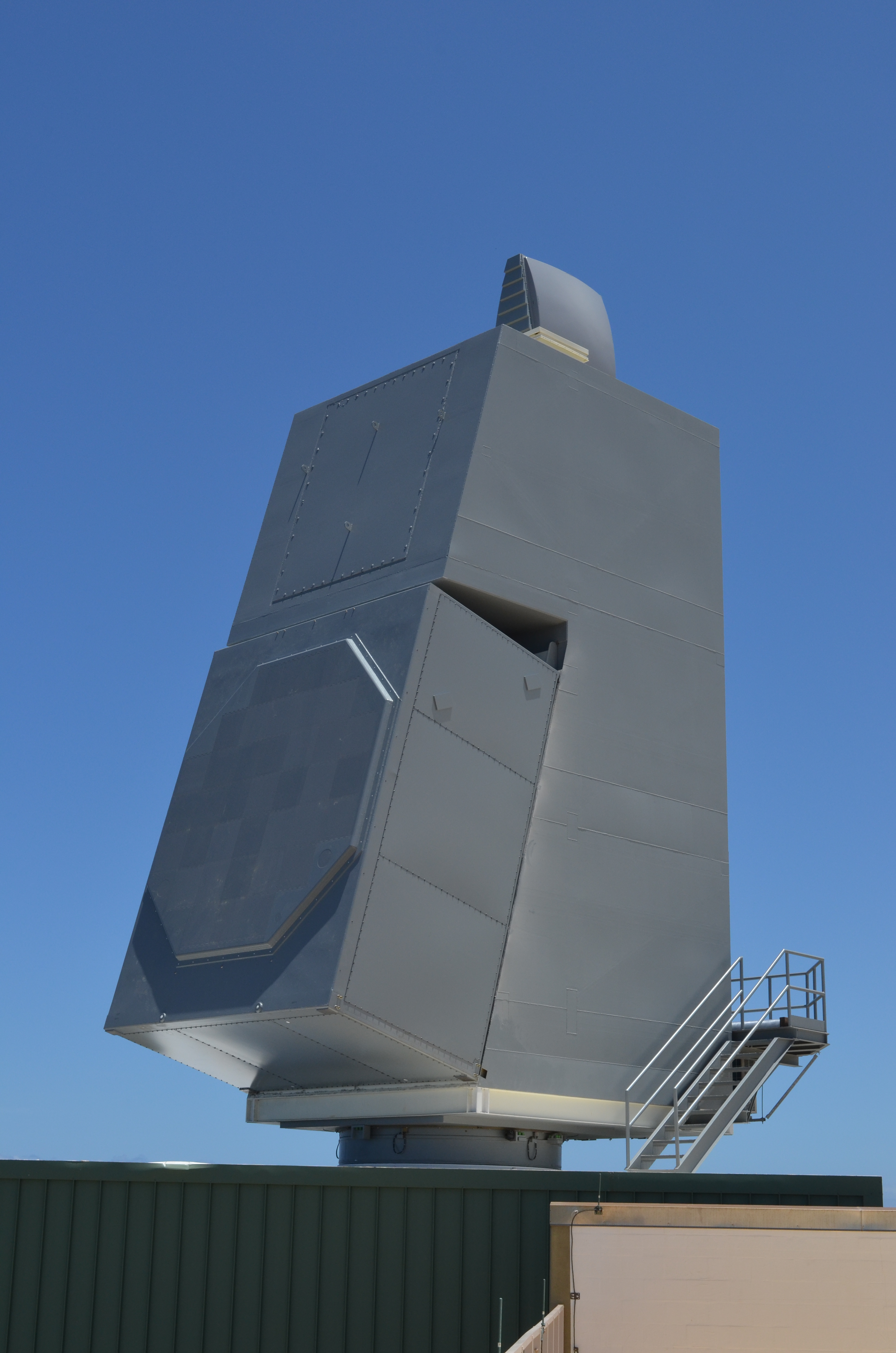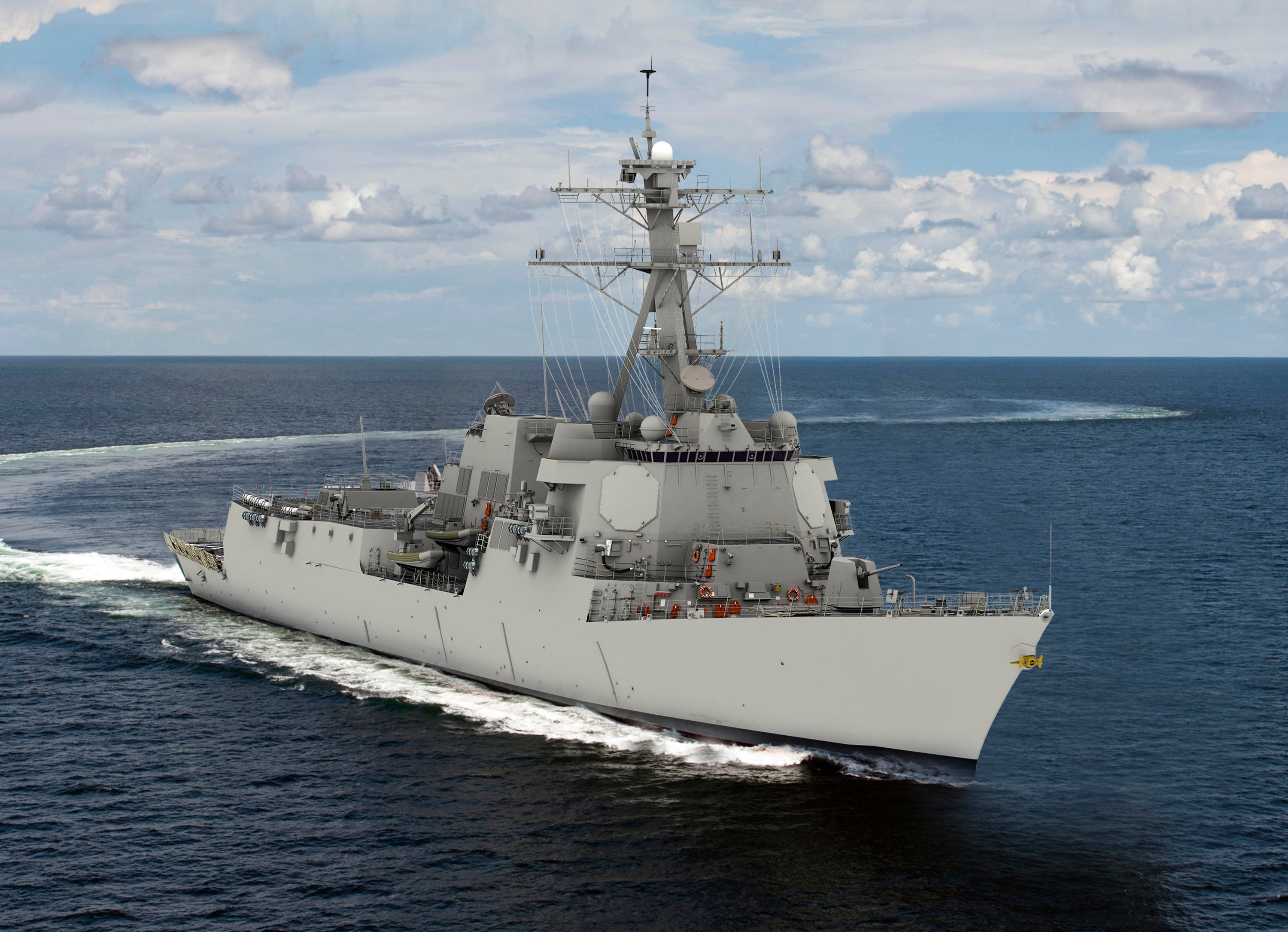
The radar bound for the Navy’s new Flight III Arleigh Burke guided-missile destroyers successfully tracked a complex ballistic missile target as part of a battery of tests to prove out the new system, Naval Sea Systems Command announced on Thursday.
The Raytheon-built AN/SPY-6(V) Air and Missile Defense Radar (AMDR), based at the Pacific Missile Range Facility at Kauai Hawaii, detected and tracked medium-range ballistic missile target for the test on July 27, 2017, NAVSEA said.
“We are continuing to stress this radar by increasing the range and complexity of the targets and demonstrating the… capability and versatility of the Navy’s next generation Integrated Air and Missile Defense radar,” said Navy Capt. Seiko Okano, major program manager for Above Water Sensors, Program Executive Office (PEO) Integrated Warfare Systems (IWS).
According NAVSEA, “based on preliminary data, the test successfully met its primary objectives against a complex medium range ballistic missile (MRBM) target. Program officials will continue to evaluate system performance based upon telemetry and other data obtained during the test.”
The Vigilant Titan test is the second in a series of BMD tests for the systems that will replace the Lockheed Martin AN/SPY-1D(V) volume search radar resident on the current Flight IIA on the Navy’s Flight III variants of the Burkes.
“The testing … has evaluated the radar’s ability to track satellites, aircraft, and ballistic missiles,” according to the June issue of Proceedings.
“In mid-March, in an exercise called Vigilant Hunter, the radar successfully acquired and tracked a short-range ballistic missile target.”
AMDR promises 30 times more sensitivity than the current crop of SPYs and designed to find and track traditional air warfare and ballistic missile threats simultaneously for the new Flight III ships.

The following is the complete Aug. 3, 2017 release from Naval Sea Systems Command.
AUG03-01: U.S. Navy successfully conducts AN/SPY-6(V) Air and Missile Defense Radar (AMDR) Ballistic Missile Test
By Program Executive Office Integrated Warfare Systems
PACIFIC MISSLE RANGE, KAUAI, Hawaii — The U.S. Navy successfully conducted another Ballistic Missile Defense (BMD) flight test with the AN/SPY-6(V) Air and Missile Defense Radar (AMDR) off the west coast of Hawaii, July 27.
At 2:05 p.m., Hawaii Standard Time (8:05 p.m. Eastern Daylight Time) a medium-range ballistic missile target was launched from the Pacific Missile Range Facility at Kauai, Hawaii. AN/SPY-6(V) AMDR searched for, detected and maintained track on the target throughout its trajectory. The flight test, designated Vigilant Titan, is the second in a series of ballistic missile defense flight tests for the AN/SPY-6(V) AMDR.
“We are continuing to stress this radar by increasing the range and complexity of the targets and demonstrating the awesome capability and versatility of the Navy’s next generation Integrated Air and Missile Defense radar.” said Navy Capt. Seiko Okano, major program manager for Above Water Sensors, Program Executive Office (PEO) Integrated Warfare Systems (IWS). “AN/SPY-6 is the nation’s most advanced radar and will be the cornerstone of the U.S. Navy’s surface combatants for many decades.”
Based on preliminary data, the test successfully met its primary objectives against a complex medium range ballistic missile (MRBM) target. Program officials will continue to evaluate system performance based upon telemetry and other data obtained during the test.
The culmination of over a decade of Navy investment in advanced radar technology, AN/SPY-6(V) AMDR is being designed for the DDG 51 Flight III destroyer to provide the U.S. Navy with state-of-the-art technology for integrated air and missile defense.
PEO IWS, an affiliated PEO of the Naval Sea Systems Command, manages surface ship and submarine combat technologies and systems and coordinates Navy enterprise solutions across ship platforms.
-30-





